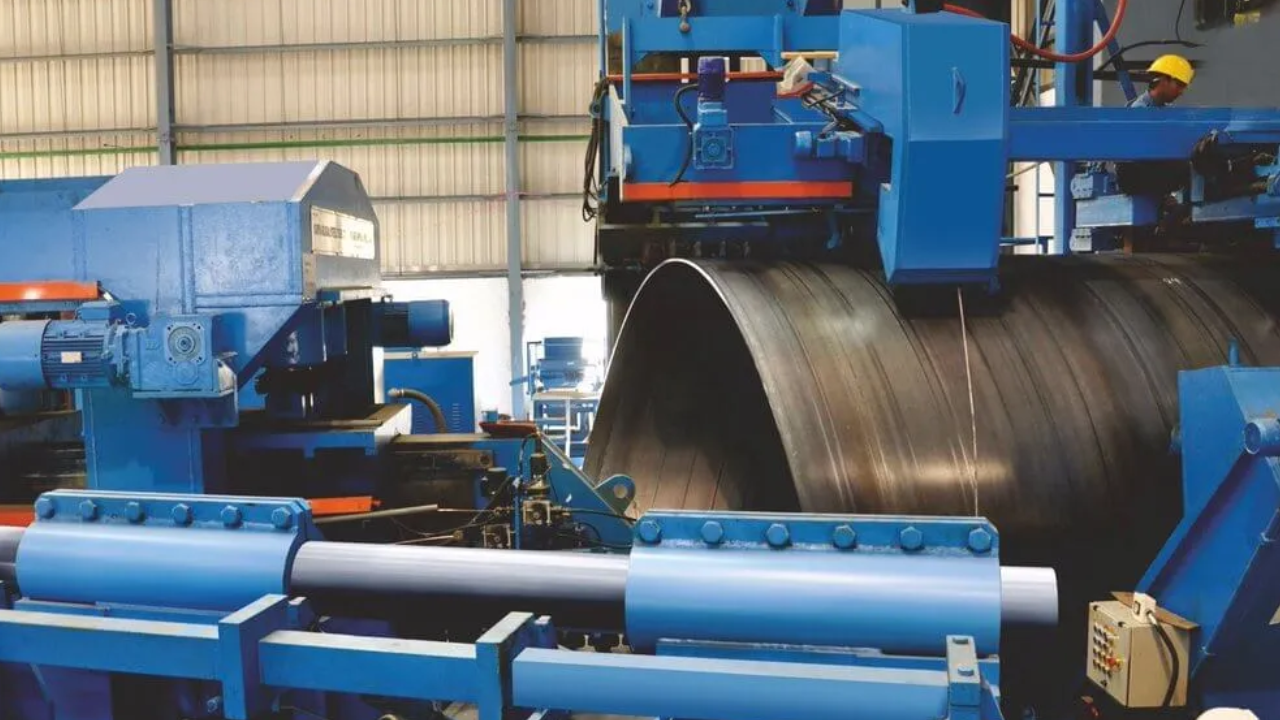Establishing the requirements for carbon steel pipes used in construction and many industrial applications, ASTM A53 Grade B is a pillar in the field of steel pipe specifications. The American Society for Testing and Materials (ASTM) developed Grade B, which guarantees a minimum tensile strength of 60,000 psi and a minimum yield strength of 35,000 psi.
These pipes are essential for projects including structural supports, and the transfer of gas, oil, and water. They are available in seamless and welded versions. An extensive testing program, including hydrostatic and nondestructive electric tests, ensures that ASTM A53 Grade B pipes which are well-known for their dependability and adaptability comply with exacting mechanical and dimensional specifications go url to find out more information about it.
Tests Are Necessary For Pipes That Meet ASTM A53 Grade B Standards
The ASTM A53/A53M specification contains the testing specifications for ASTM A53 Grade B pipes. Among the essential requirements for testing are:
Study of Chemical Composition:
For ASTM A53 Grade B pipes, chemical composition analysis is one of the essential testing requirements. The present examination guarantees that the steel utilized in the pipes satisfies the prescribed limits for chemical composition. Carbon, manganese, phosphorus, sulfur, copper, nickel, chromium, molybdenum, and vanadium are among the components that make up the composition. To guarantee that the pipes have the intended mechanical and corrosion-resistant qualities, compliance with these limitations is essential.
Testing for Tensile and Yield Strength:
Tensile and yield strength are important mechanical characteristics that show how well a material can tolerate applied stresses. Tensile and yield strength tests are performed on ASTM A53 Grade B pipes to make sure they fulfill the minimal specifications. In tensile testing, a sample of pipe is pulled until it breaks, and the stress and strain are recorded all along the way. The tension at which a material starts to undergo plastic deformation is known as its yield strength. These tests are necessary to confirm the pipes’ robustness and longevity under various operating circumstances.
Hydrostatic Examination:
One popular technique for evaluating the strength of pipelines and locating any possible leaks or flaws is hydrostatic testing. The ASTM A53 Grade B pipes are pressurized to a level above the operating pressure while they are filled with water for this test. Next, the pipes are examined to look for any cracks, bulges, or other abnormalities. Hydrostatic testing is essential for identifying flaws in the manufacturing process, verifying that the pipes can sustain the desired service conditions, and stopping leaks that can jeopardize performance and safety.
Non-destructive Testing (NDT):
Without causing any material damage, non-destructive testing methods are used to examine the inside and outside surfaces of ASTM A53 Grade B pipes. Radiography, magnetic particle, and ultrasonic testing are examples of common nondestructive testing (NDT) techniques. High-frequency sound waves are used in ultrasonic testing to find interior faults, and magnetic particle testing is used to find surface problems. X-rays or gamma rays are used in radiographic testing to examine the pipes’ internal structure. NDT is crucial for spotting flaws that could jeopardize the pipes’ structural integrity and making sure they adhere to the necessary quality requirements.
Dimensional Inspection:
Precise dimensions are essential for the correct installation and operation of pipes in a variety of settings. Pipes that meet the required size and wall thickness limits are subjected to dimensional inspection following ASTM A53 Grade B standards. By ensuring that the pipes are constructed to the exact dimensions, this testing lowers the possibility of problems like leaks or inappropriate flow and facilitates perfect fit and alignment during construction.
Impact Testing:
Pipes made of ASTM A53 Grade B are frequently utilized in situations where they might be exposed to low temperatures. Impact testing is done to evaluate how well the material can tolerate these kinds of circumstances. This test calculates the amount of energy that a specimen with a notch absorbs from a sudden hit. Impact test findings are useful in determining the material’s ductility and toughness at low temperatures, assuring that the pipes will continue to function reliably even under harsh environmental circumstances.
Final Thought
ASTM A53 Grade B pipes undergo extensive testing to guarantee that quality standards are met. These assessments, which range from impact testing to chemical composition analysis, ensure the pipes’ dependability, mechanical strength, and structural integrity in a variety of settings. Respecting these guidelines demonstrates the dedication to providing robust and high-quality steel pipes to meet the needs of diverse sectors.
